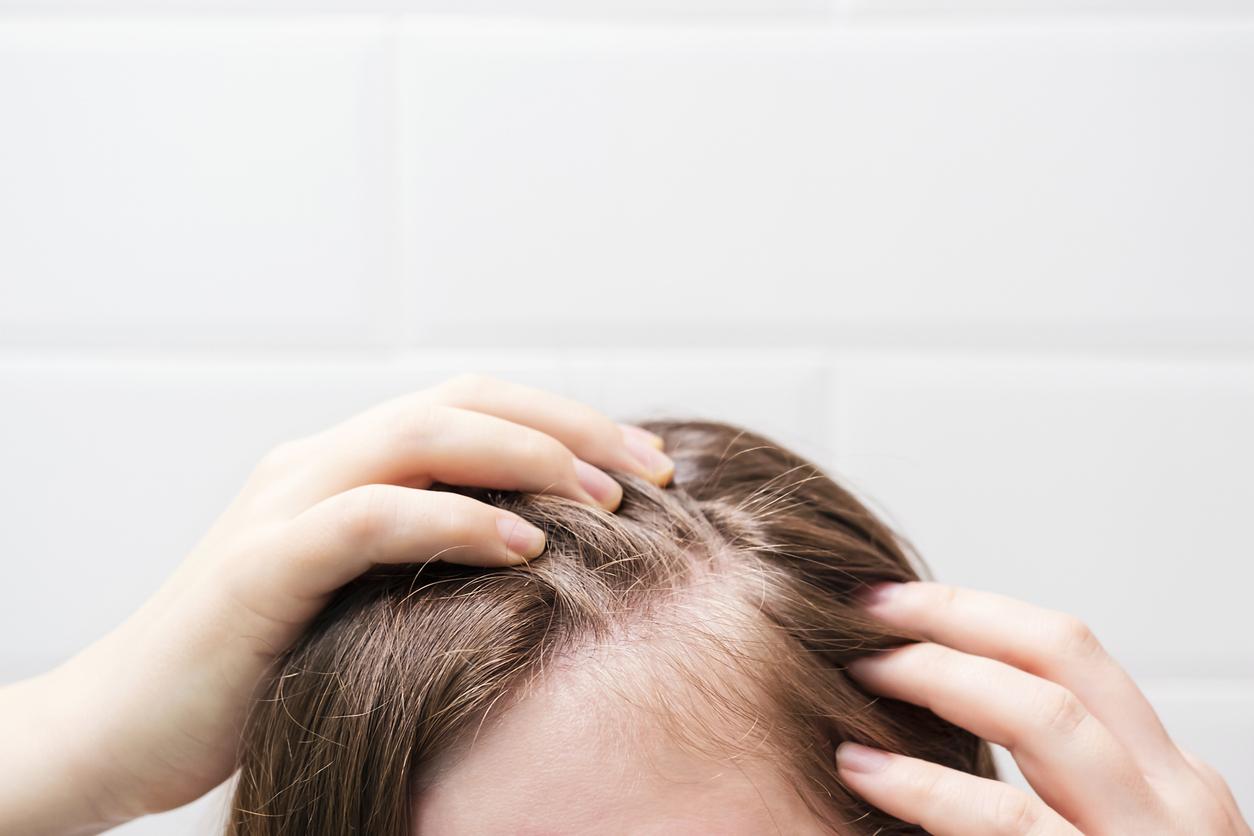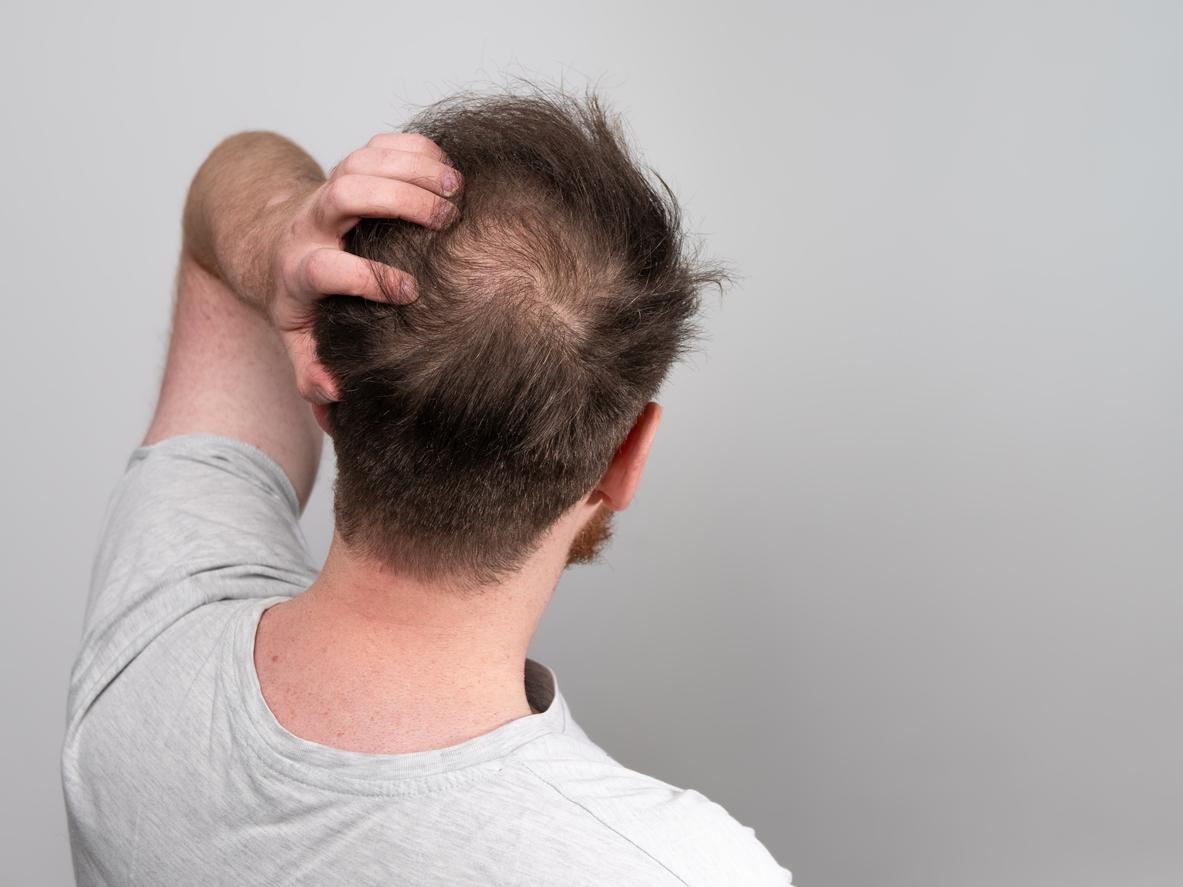Most often suddenly and apparently for no reason, your hair begins to fall out… But, let’s go back in time: has an event or pathology (pregnancy, illness, treatment, etc.) not occurred in the last two or three months? If so, look no further! This alopecia, which bears the scholarly name of telogen effluvium, is relatively common in women. Rest assured, this phenomenon is temporary.
Why after giving birth?
During the 3rd trimester of pregnancy, following a rise in estrogen levels, a certain number of hairs that should naturally go into the fall phase are delayed. Their growth cycle is thus prolonged. When the hormonal situation normalizes, this hair, which has played the extensions, but also all those which normally end their growth cycle, then goes into the fall phase, which causes significant hair loss. The fall can affect up to a third of the hair in the 2 to 4 months following childbirth.
Why as a result of illness or treatment?
Certain pathologies lead to an accelerated passage of hair towards the fall phase resulting in noticeable hair loss. These are often pathologies accompanied by a temporary “aggression” of the body: prolonged fever, sepsis, surgery, anesthesia, haemorrhage, mental stress… Low-calorie diets, certain chronic diseases, chemotherapy treatments… but also the absorption of certain drugs can also cause sudden alopecia.
When is the regrowth?
When the treatment that caused this side effect is stopped, the hair begins to grow back. In the same way, after an event or a pathology and past the fall phase, a regrowth phase begins. This regrowth takes place spontaneously and completely even if, depending on the case, it is sometimes necessary to be patient. Treatments based on vitamins as well as products stimulating regrowth, orally or applied locally, can accompany you throughout this phase.


















